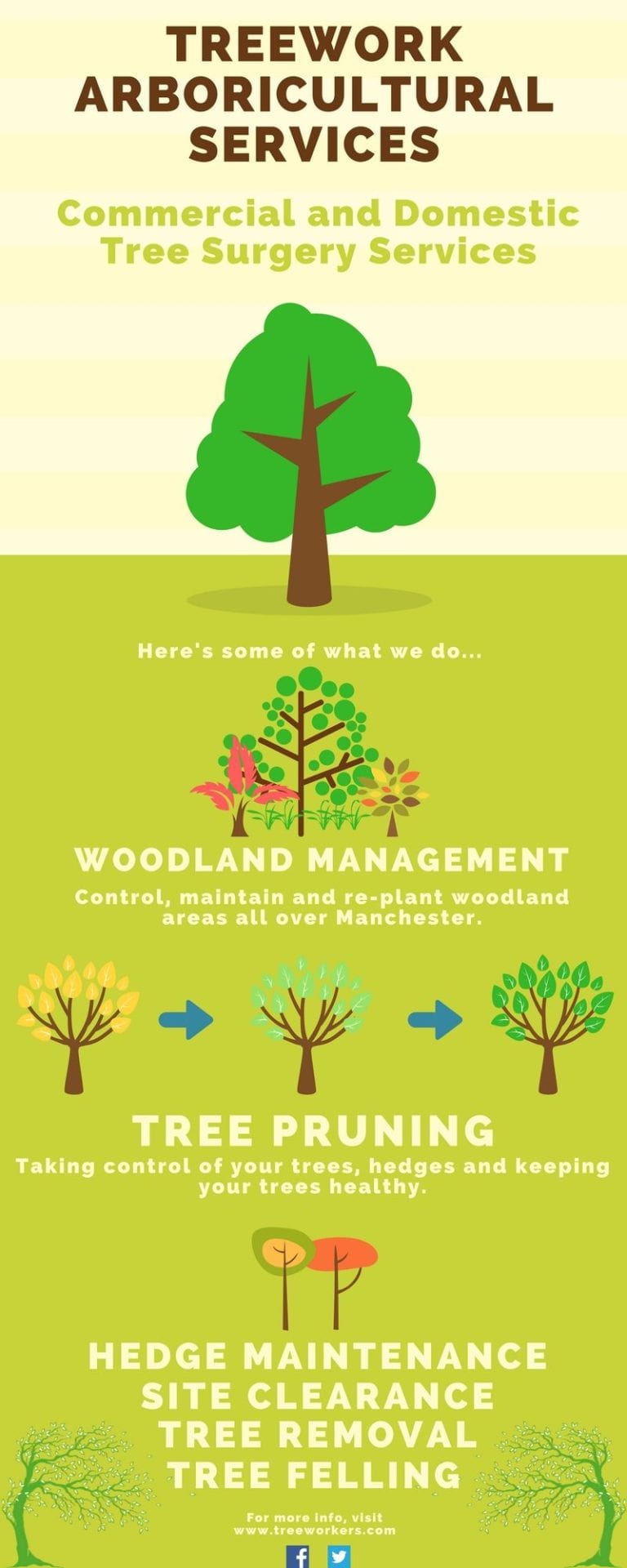Expect Important Indications That Suggest Your Tree May Be A Risk; Acknowledging These Can Help Safeguard Your Property And Those You Care About.What Should You Keep An Eye On Following?
Expect Important Indications That Suggest Your Tree May Be A Risk; Acknowledging These Can Help Safeguard Your Property And Those You Care About.What Should You Keep An Eye On Following?
Blog Article
Web Content Author-Troelsen Butcher
When it concerns tree care, identifying the indications that it's time for elimination is crucial for your security and residential property. You might observe tarnished fallen leaves, wilting branches, or weird fungal developments suggesting illness. Structural problems, like a considerable lean or splits in the trunk, can likewise present threats. Recognizing these indication can aid you make informed decisions concerning your trees and protect against possible threats hiding in your lawn. What should you search for next?
Indicators of Decay and Condition
When you observe indicators of decay and illness in your trees, it's crucial to act swiftly. Seek stained fallen leaves, wilting branches, or uncommon developments like fungi. These can suggest that your tree is having a hard time.
If you see cracks in the bark or soft, mushy wood, these symptoms recommend interior decay. Additionally, an unexpected boost in pests around your tree can indicate that it's weakened and prone.
Look for any kind of dead or passing away limbs, as they present a threat to your building and safety. If you're uncertain about what you see, speaking with an arborist can provide clearness.
Resolving these signs early can save you from more substantial damage and make certain the wellness of your yard. Do not wait till it's far too late.
Structural Instability and Leaning
As you observe your trees, keep an eye out for any kind of indications of structural instability or leaning. If a tree leans considerably, it might indicate that the origin system is endangered.
Look for any type of splits in the trunk or soil around the base; these can indicate possible failing. Furthermore, look for unusual growth patterns, like a lopsided crown, which may suggest that the tree is battling to hold itself upright.
If you notice that the tree leans toward your home, high-voltage line, or other structures, it poses a greater danger. Don't overlook these signs-- seek advice from an arborist to examine the circumstance.
Acting early can protect against pricey damage and guarantee your safety.
Dead or Perishing Branches and Foliage
If you notice dead or dying branches and vegetation on your tree, it's a clear sign that something's incorrect.
These undesirable locations can show underlying issues like illness, parasite problems, or ecological stress and anxiety. When branches lose their fallen leaves or transform brown, they're no more contributing to the tree's wellness. Neglecting these indicators could result in more decline, making your tree extra harmful.
When To Prune Holly Trees can easily break short throughout tornados, posturing a threat to residential property and people close by. It's vital to assess the level of the damage.
If the trouble affects a significant part of the tree, consider seeking advice from an expert. They can aid determine if removal is necessary to guarantee safety and security and preserve the elegance of your landscape.
Verdict
If you observe any type of indications of degeneration, structural instability, or dead branches on your trees, don't ignore them. Trimming Crepe Myrtle Tree can position major safety and security dangers to you and your residential property. It's constantly best to get in touch with a professional arborist who can offer an expert evaluation of your trees. Taking action early can prevent crashes and pricey damage, ensuring your landscape continues to be safe and healthy. Keep in mind, it's better to be proactive concerning tree treatment than to wait on a disaster to occur.
